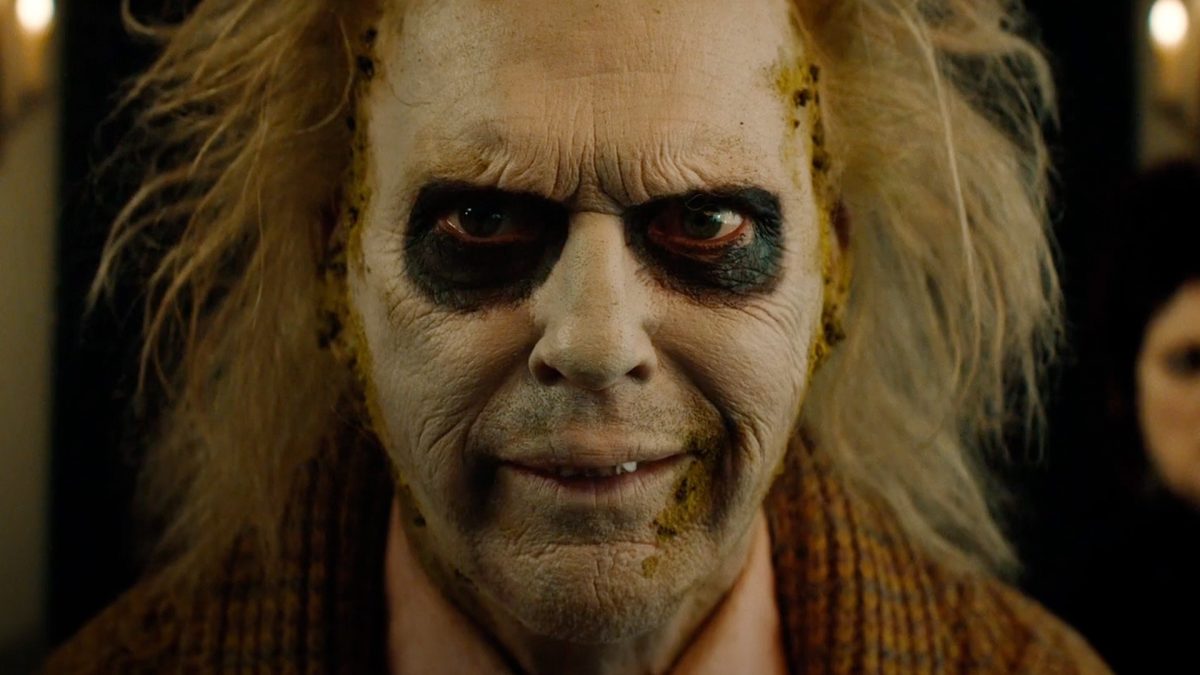Daylight savings time ineffective, annoying
Daylight savings time is an unnecessary and confusing practice that must be stopped. Twice a year, our clocks shift for no tangible reason. One hour back in the fall, one hour forward in the spring, causing scheduling chaos, confusion and exhaustion.
The idea of daylight savings time has existed since the 18th century. Our human, industrialized schedules are generally in misalignment with the schedule of the sunsets and sunrises. Daylight savings time purports to fix this problem by placing the sunset further back in the day during the summer and moving the sunrise earlier during the winter. It cuts down on energy usage, which was a priority during World War I and II.
But does daylight savings time actually improve the quality of life for the average person? Sleep schedules are disrupted. For the two weeks surrounding each time change, I’m always confused and drowsy during the day. This change is even more stressful for parents and their young kids, who don’t understand the logic behind the time change but can surely understand the pain of being woken up an hour before they are expected to.
Sleep deprivation isn’t only uncomfortable, but it’s dangerous. According to the National Highway Traffic Safety Administration, there are 100,000 car crashes every year due to drowsy drivers. Constant sleep deprivation contributes to anxiety and depression. As teenagers, our sleep schedules are fragile enough as they are. The time change only contributes to that pain.
It is difficult to wake up on dark winter mornings, and having the sunset come later during the summer provides for more opportunities for socialization and fun. But the solution to the disconnect between human needs and the natural schedule isn’t a confusing time change twice a year- it’s shortening school and working hours while raising wages, allowing people to connect with the natural world.
Your donation will support the student journalists of Omaha Central High School. Your contribution will allow us to purchase equipment and cover our annual website hosting costs.

Hello, Register readers! I'm Noa Gilbert, (they/them) and your news editor! I'm a senior and this is my second full year on staff. In my free time, you...













